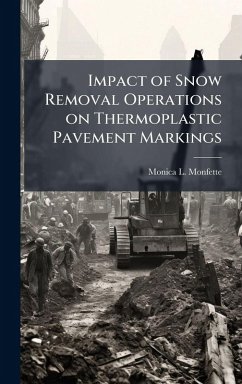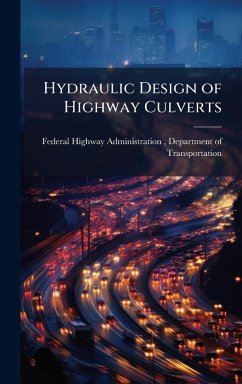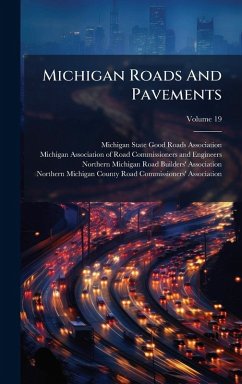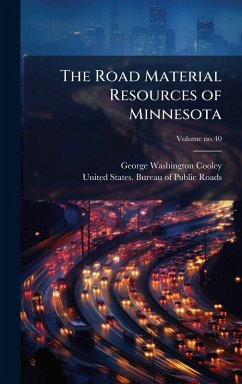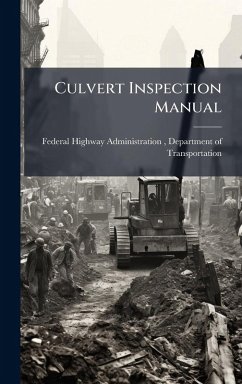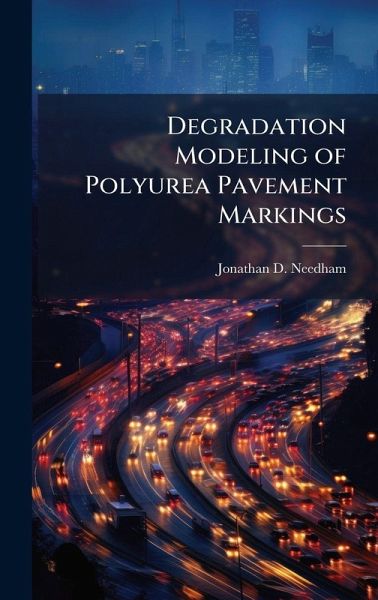
Degradation Modeling of Polyurea Pavement Markings
Versandkostenfrei!
Versandfertig in über 4 Wochen
28,99 €
inkl. MwSt.
Weitere Ausgaben:

PAYBACK Punkte
14 °P sammeln!
Polyurea is a long life pavement marking material used for assets requiring long periods of uninterrupted accessibility. Knowing the performance characteristics of such markings is critical to asset management planning focused on maximizing marking material life-cycles. This paper presents the performance characteristics of polyurea pavement markings in North Carolina using linear regression models. The models generated by this research provide pavement marking managers with tools to better allocate limited manpower and resources in order to optimize budgets while meeting newly proposed paveme...
Polyurea is a long life pavement marking material used for assets requiring long periods of uninterrupted accessibility. Knowing the performance characteristics of such markings is critical to asset management planning focused on maximizing marking material life-cycles. This paper presents the performance characteristics of polyurea pavement markings in North Carolina using linear regression models. The models generated by this research provide pavement marking managers with tools to better allocate limited manpower and resources in order to optimize budgets while meeting newly proposed pavement marking retroreflectivity levels of service as proposed by the Federal Highway Administration. This research constructed performance models for polyurea based on the independent variables of time, initial retroreflectivity, and lateral line location. Using the models generated by this research, the pavement marking manager can predict the level of service and remaining life of a given pavement marking. A key finding of this paper is that polyurea pavement marking degradation is significantly impacted by the type of glass bead inserted into the marking. This work has been selected by scholars as being culturally important, and is part of the knowledge base of civilization as we know it. This work was reproduced from the original artifact, and remains as true to the original work as possible. Therefore, you will see the original copyright references, library stamps (as most of these works have been housed in our most important libraries around the world), and other notations in the work. This work is in the public domain in the United States of America, and possibly other nations. Within the United States, you may freely copy and distribute this work, as no entity (individual or corporate) has a copyright on the body of the work. As a reproduction of a historical artifact, this work may contain missing or blurred pages, poor pictures, errant marks, etc. Scholars believe, and we concur, that this work is important enough to be preserved, reproduced, and made generally available to the public. We appreciate your support of the preservation process, and thank you for being an important part of keeping this knowledge alive and relevant.



